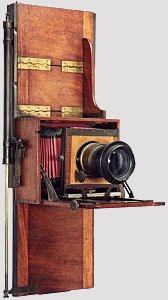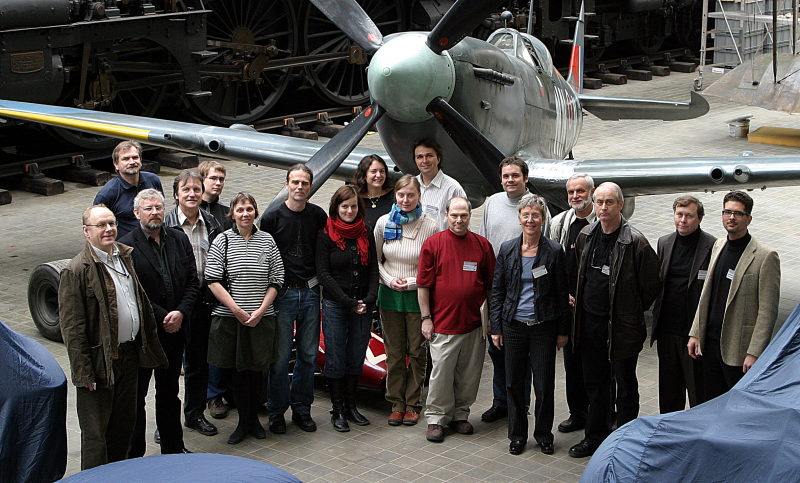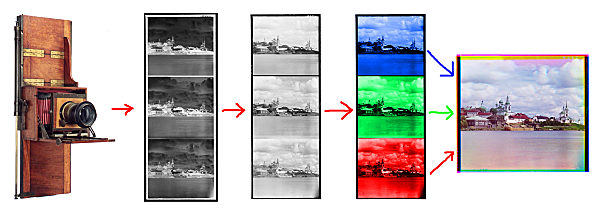
![]()
Home
Registration
Registered Participants
Call for papers
Scientific Programme
Social Events
Exhibitions
Venue
Important dates
Fees and Payment
Contact
 The workshop and social program has concluded. We hope that it gave chance to pass a lot of useful information on three color photography and early
photography in general. We are grateful to all participants. We are now working on the proceedings as well as collecting photographs from the event on picasa website
The workshop and social program has concluded. We hope that it gave chance to pass a lot of useful information on three color photography and early
photography in general. We are grateful to all participants. We are now working on the proceedings as well as collecting photographs from the event on picasa website

Three-color photography, first theoretically proposed by James Clerk Maxwell in 1861, and practically demonstrated by Ducos du Hauron around 1870, has a unique place in the history of color photography.
One the one hand, the three-color negatives and positives that have been preserved (mainly from the period 1890-1930) give the best quality of colors and most detailed picture compared with other early color photographic processes.
On the other hand, because every three-color negative is created from three black-and-white negatives, made using blue, green and red filters, and because of the great technical difficulties involved in transforming these black-and-white images into a single color image, it is a sad irony that the photographers themselves seldom saw their own photographs in color. During their lifetimes, only a small part of their work was exhibited, (either by color projection, or by using color printing), so that the images could actually be seen.
Because of that, three-color photography didn't have a future as a popular technology, and soon lost out in competition with Autochrome and other color photography processes that directly produced a single color photograph.
In fact, only the advent of modern digital technology since about 1990 has allowed relatively simple processing of these original three-color negatives. In the years 1995-2000, the world saw new, previously unseen, color pictures of the world as it was in 1900-1920.
The names of Ducos du Hauron, Adolf Miethe, Sergei Prokudin-Gorsky and others have re-emerged, not only as being technical innovators but also as being authors of images which only now – 100 years after they were created – have been reconstructed in their full detail and beautiful colors.
This constitutes an amazing discovery of a color visual impression of the world as it was in the late 19th-early 20th century. And this discovery is continuing.
Although the theme of the workshop is focused on the Legacy of Triple-Color Photography, we welcome participation of experts from many related areas of research, restoration and collection management, in particular:
To the best of our knowledge, this will be the first time that experts in all these and other areas will be able to meet and discuss the implications of recent discoveries and rediscoveries in triple-color imagery and related issues.